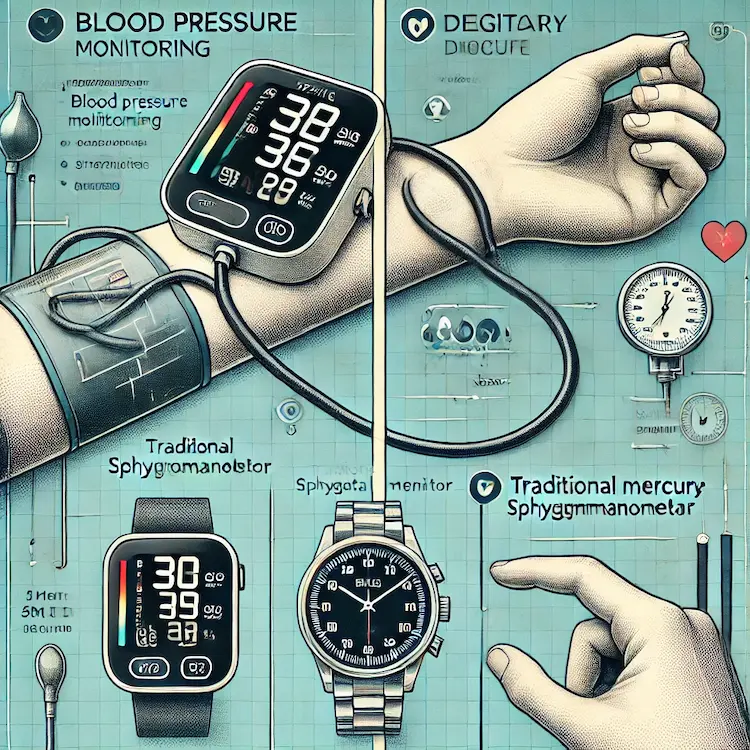Heart disease is one of the leading causes of death worldwide, often developing silently over years due to uncontrolled blood pressure. Regular Sphyg blood pressure monitoring is essential for early detection and management of hypertension, a key risk factor for heart disease.
Sphyg, a trusted provider of clinically proven medical equipment, offers innovative solutions for tracking blood pressure and helping individuals take control of their cardiovascular health. In this article, we’ll explore how Sphyg’s technology helps prevent heart disease, compare different monitoring methods, and provide practical guidance on maintaining healthy blood pressure levels.
Uncontrolled high blood pressure (hypertension) is a silent killer. It often presents no symptoms until it leads to severe complications such as heart attacks, strokes, and kidney failure. According to the World Health Organization (WHO), hypertension affects 1.28 billion adults globally, yet 46% remain undiagnosed.

There are various approaches to measuring blood pressure, each with its own advantages. Below is a comparison of the main methods:
| Method | How It Works | Advantages | Limitations |
|---|---|---|---|
| Oscillometric Monitors (Used in most digital home devices, including Sphyg monitors) | Detects arterial pressure oscillations using an electronic sensor | Easy to use, automated, provides consistent readings | May be less accurate for irregular heart rates |
| Mercury Sphygmomanometer | Uses a mercury column to measure pressure manually with a stethoscope | Highly accurate, used in clinical settings | Bulky, requires training, mercury toxicity concerns |
| Aneroid (Dial) Sphygmomanometer | Uses a dial gauge and stethoscope to manually measure pressure | Portable, cost-effective | Requires skill, prone to calibration errors |
| Ambulatory Blood Pressure Monitoring (ABPM) | A wearable monitor records blood pressure throughout the day and night | Provides a more accurate daily average | Expensive, can be uncomfortable for long-term use |
| Smart Wearables & Mobile Apps | Some smartwatches and apps estimate blood pressure using optical sensors | Convenient, non-invasive | Less accurate than cuff-based methods |

Sphyg integrates cutting-edge oscillometric technology, which is both clinically accurate and easy to use at home. Key features of Sphyg’s monitors include:
By offering clinically validated, easy-to-use blood pressure monitors, Sphyg plays a critical role in early hypertension detection and management. Below are specific ways it contributes to heart disease prevention:
Frequent home monitoring provides a clearer picture of blood pressure trends over time, helping users and doctors identify fluctuations early.
High blood pressure doesn’t always cause noticeable symptoms. Regular readings allow individuals to detect and manage hypertension before complications develop.
Sphyg’s devices provide customized alerts and recommendations, empowering users to take action based on their readings.
Home monitoring reduces the need for frequent doctor visits, allowing for cost-effective and convenient blood pressure management.
By providing historical data and trends, Sphyg enables doctors to make informed decisions on treatment adjustments, potentially preventing strokes or heart attacks.
Monitoring is only one part of the solution. Here’s how individuals can manage their blood pressure effectively:
Preventing heart disease starts with proactive blood pressure management. Sphyg provides clinically reliable and user-friendly monitoring solutions that empower individuals to take control of their cardiovascular health. Regular monitoring, combined with lifestyle changes, can significantly reduce the risk of hypertension-related complications.